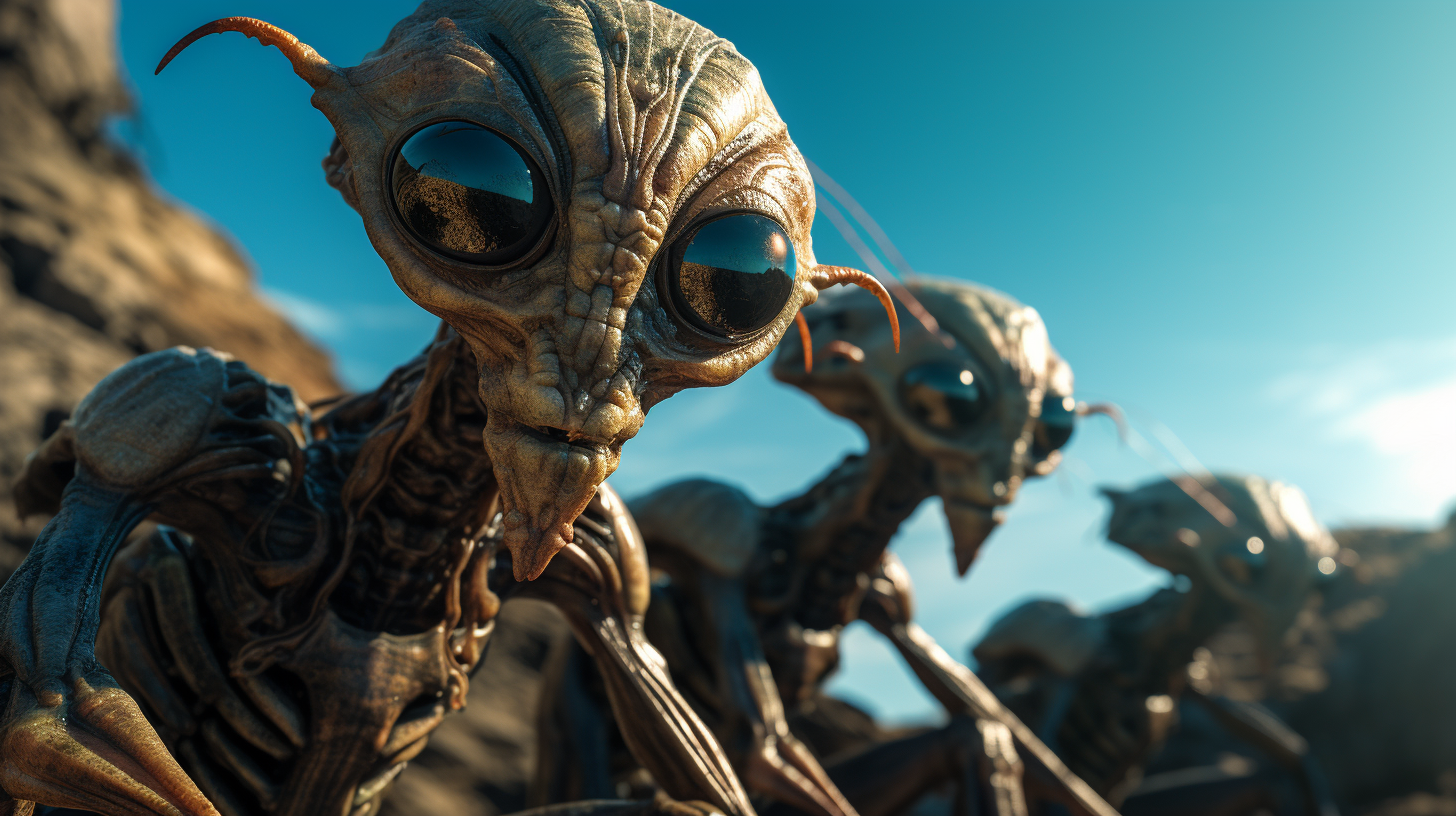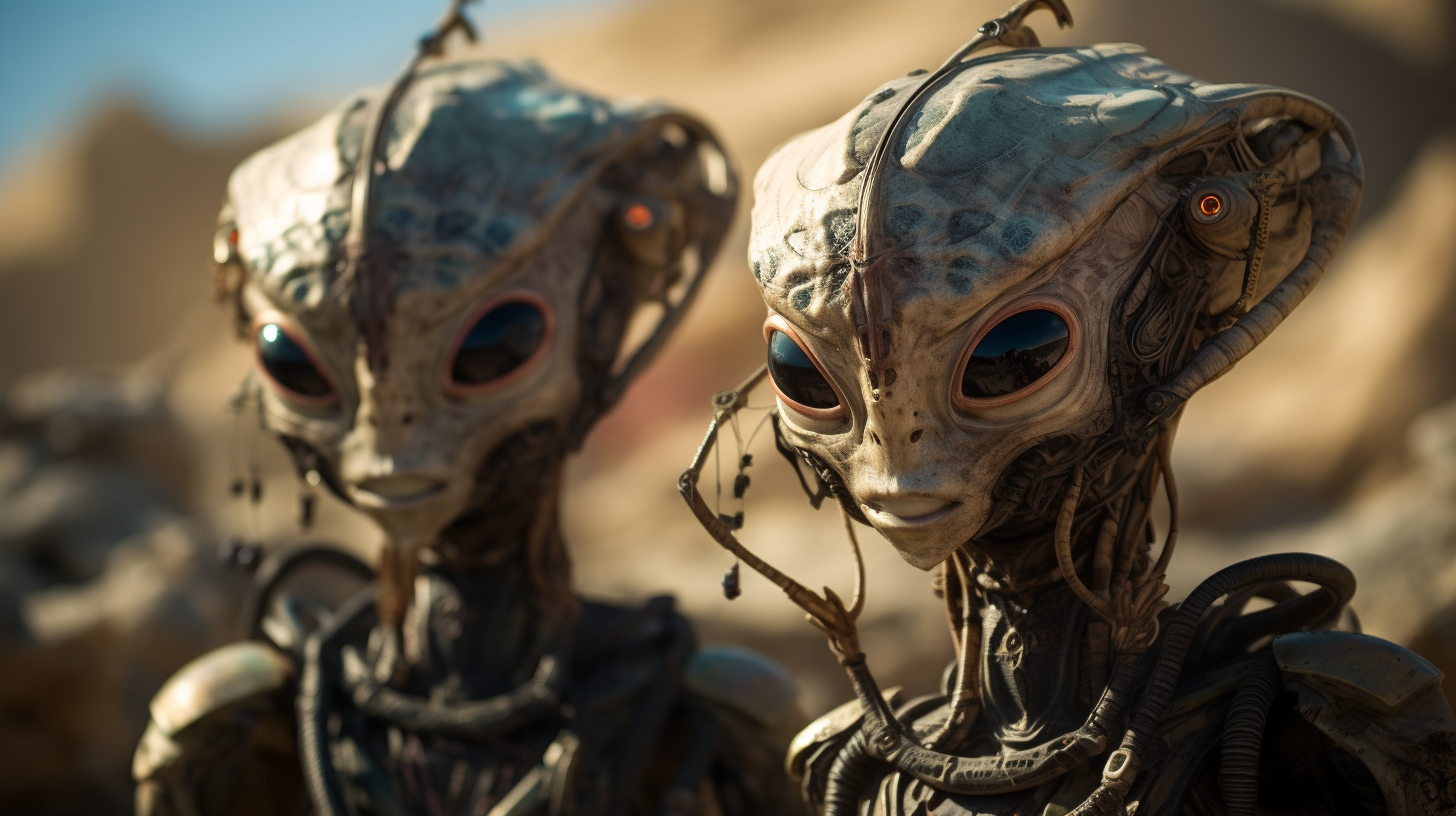In the vibrant city of Cambridge, Massachusetts, at the Harvard-Smithsonian Center for Astrophysics, a groundbreaking revelation shook the field of astronomy in February 2013. Esteemed researchers shared a monumental discovery following an in-depth analysis of data collected by NASA’s Kepler space telescope.
The analysis revealed an astonishing fact – approximately 6% of red dwarf stars harbor planets with environments akin to Earth. This significant revelation sparked debates and discussions among scholars and space enthusiasts, reigniting age-old inquiries about life beyond our solar system.
The mere possibility of life thriving on planets orbiting these robust red dwarf stars ignited a spark of curiosity within the collective consciousness. This discovery raised fundamental questions about the potential diversity of life forms existing in extraterrestrial environments.
One intriguing aspect of this revelation is the notion that life on these distant exoplanets may manifest in vastly different forms compared to those on Earth. Evolution, a guiding force for life on our planet, may have unfolded diversely under alternative cosmic conditions.

Dr. Peter Ward offered insightful perspectives, suggesting that the environment profoundly influences the evolutionary trajectory of organisms. It is plausible that evolutionary processes on distinct planets adhere to similar principles but yield vastly different results.
This concept presents a multitude of captivating possibilities. Intelligence, a trait shaped by the necessity for survival, could have emerged in various beings ranging from reptiles to quadrupeds, or even beings reminiscent of mollusks.
While the underlying principle of evolution remains constant, the physical manifestations of intelligent beings could vary drastically.
Reflecting on the existence of intelligent entities taking diverse forms evokes ancient narratives of encounters with beings from other worlds. Exploring historical accounts of interactions with entities from beyond, we encounter entities resembling birds, canines, and even reptiles.
Is it conceivable that these varied forms represent adaptations of sentient beings to the unique conditions of their planetary homes? The potential seems boundless.

The field of Ufology, dedicated to investigating unidentified flying objects and extraterrestrial life, introduces us to a myriad of alien types documented by eyewitnesses. From humanoid figures with wings reminiscent of Mothman or the Houston Batman, to insectoid beings resembling oversized insects, and even bipedal reptilian creatures, the descriptions showcase a captivating diversity.
The tantalizing notion that the cosmos might teem with intelligent life forms, each uniquely adapted to their native environments, is enthralling.
Dr. David Wilcock draws attention to striking parallels between ancient depictions of avian-human hybrids in Sumerian art, elongated-skulled figures in Egyptian paintings, and modern testimonies of encounters with extraterrestrial beings. These similarities hint at a persistent presence of these mysterious beings throughout history.
Video:
As we gaze into the vast expanse of the cosmos, a profound realization descends upon us. The universe, adorned with numerous red dwarf stars and potentially habitable planets, serves as a canvas where the tapestry of life unfolds in diverse and mesmerizing ways.
The idea of intelligent beings, each sculpted by the unique conditions of their respective worlds, coexisting within this cosmic marvel is truly awe-inspiring. Embracing this notion, we remain ever-curious, standing on the cusp of discovery, prepared to delve into the remarkable tapestry of life beyond our solar system.
